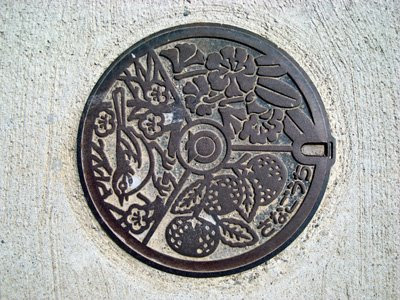Kachoen Kakegawa
Kachoen in Kakegawa in Shizuoka Prefecture is a large bird and flower park, which has overtaken Kakegawa Castle as the small town's biggest tourist attraction.

Visitors get the chance to feed and interact with birds in a semi-natural environment of greenhouses (supposedly Japan's largest), lotus ponds and outdoor spaces.

Kakegawa's Kachoen is part of a larger chain of bird theme parks with sister sites in Kobe (Tel: 078 302 8899), Fujinomiya city in Shizuoka (Tel: 0544 302 8899) and the huge Vogel Park (Tel: 0852 88 9800) in Matsue in Shimane.
Birds on display include owls (thankfully tethered or caged), emus, penguins, as well as a range of tropical birds such as flamingoes, parakeets and toucans.

If Hitchcock's The Birds scared you to death, this may not be the place for you, but for those not suffering from ornithophobia, Kachoen is an interesting and fun day out.
Access
Kachoen
Kakegawa City
Shizuoka
Tel: 0567 62 6363
Hours: 9am-4.30pm
Admission: Adults 1050 yen; 6-12 year old children 525 yen
Kachoen is a 10-15 minute walk south of Kakegawa Station or get on the loop bus that follows the southern route.
Kakegawa is a stop on the Tokaido shinkansen before Shizuoka and is easily accessible from Nagoya (1 hour) or Tokyo (1 hour, 50 minutes). By car, exit the Tomei Highway at Kakegawa IC.
Yahoo Japan Auction Service
Book a hotel in Japan with Bookings
Tokyo Serviced Apartments
Japan Friends
Happi Coats
Japanese For Busy People
Tags
Kakegawa Shizuoka bird park





























